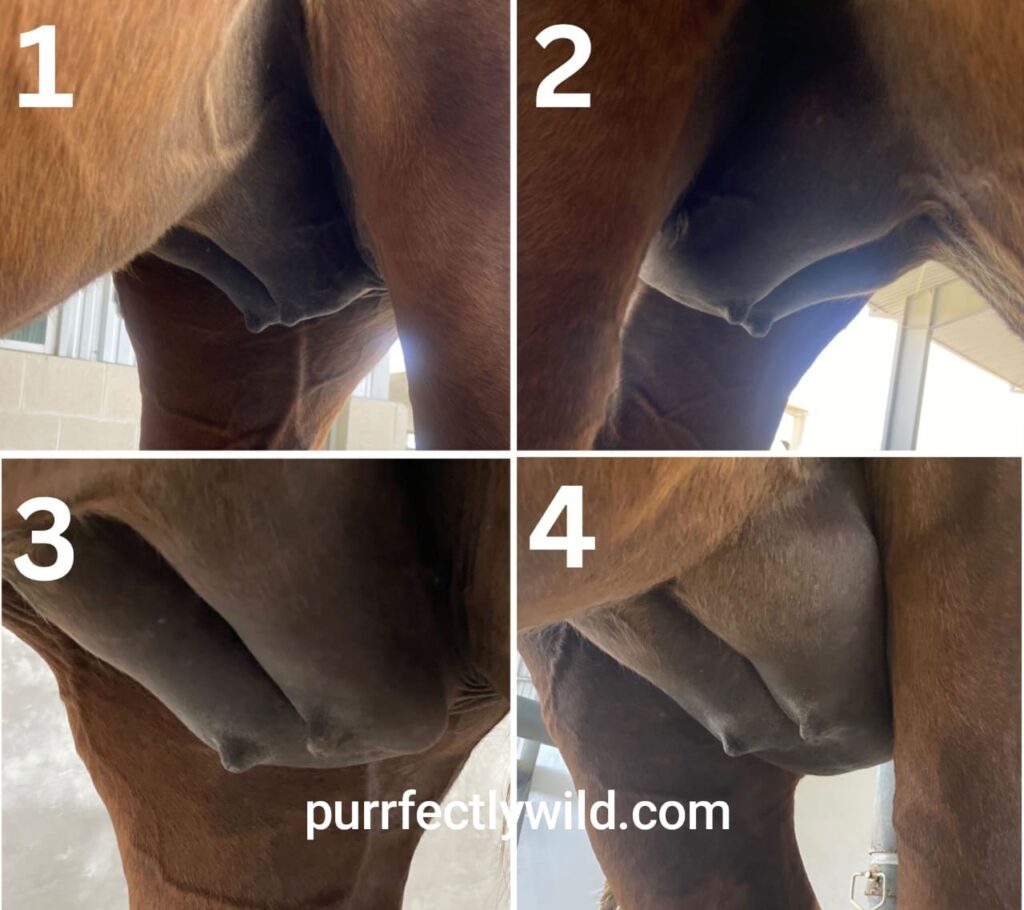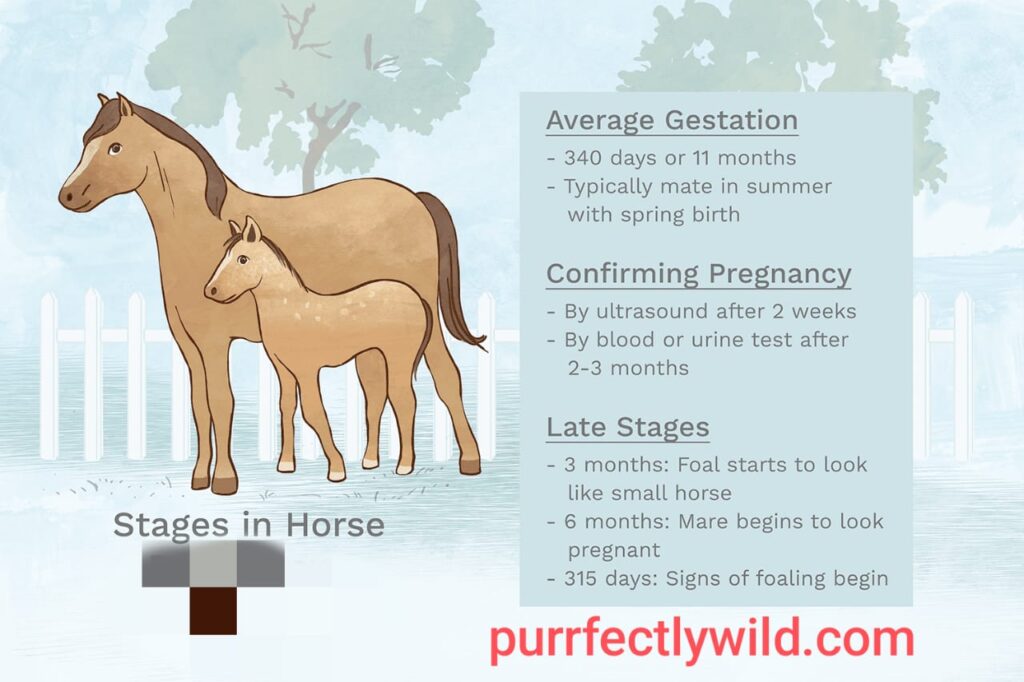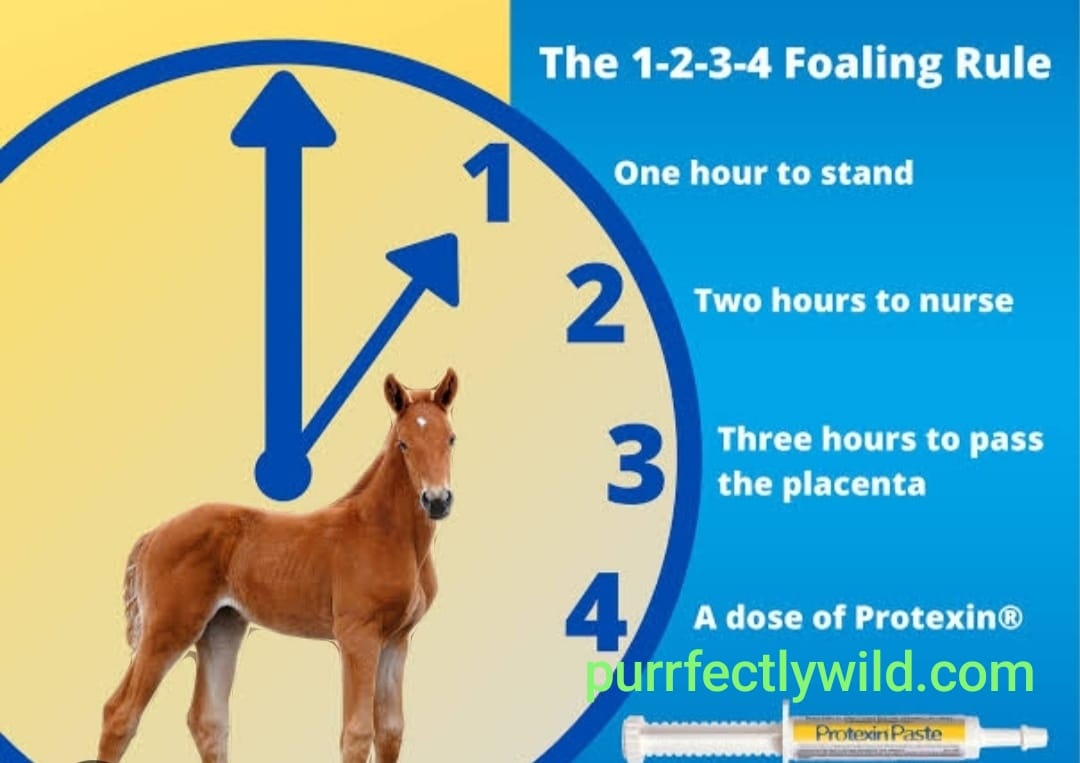Introduction
Equine pregnancy, or equip gestation is a beautiful natural phenomena that requires thorough management and care. For horse owners or breeders, it is very important to know the signs of pregnancy and what should be done once you have confirmed that your mare (female horse) is pregnant. This article will help you understand how to detect an equine pregnancy, what signs and symptoms that one can identify as a layman leads towards confirming it and then the diagnostic methods available followed by actions required after confirmation.
Understanding Equine Pregnancy
The average gestation period for equine pregnancy is between 320 and 370 days making them take around eleven months to give birth. The process of pregnancy in horses is similar to that seen in all mammalian species: a single egg from the mare (ovum) and sperm combine and this results with implantation into the uterus. The embryo then undergoes various stages of development before it becomes a complete foal.
Since pregnancy is a long process, its detection should be as early on in terms of the animal’s gestation. Recognizing it early helps you give the mare and foal all the care and nutrition they require throughout her pregnancy. If the mare is carrying an unplanned foal, this could be problematic, especially in advanced pregnancy when nutritional and medical demands rise.
Signs of Pregnancy in Horses
Pregnant mares can show behavioral and physical changes that horse owners may notice before using diagnostic tests. While all these signs are not concrete but, they can be a first step towards the news.

Behavioral Changes: Some mares become quieter; while others may act pissed off all of the time. Hormones during pregnancy can make changes in character.
Lack of Heat Cycles: The most consistent and initial sign of pregnancy is a transition in the mare’s heat cycle. A mare comes into season every 21 days, so if she goes without a heat cycle for one or more cycles it can mean that her pregnancy is also confirmed.
Physical Changes: The mare may begin to show physical signs (the factor that convinced me my mares were pregnant) as her belly begins to gradually enlarge, particularly after the fourth or fifth month of gestation. That is, the udder may not begin to swell until just before foaling.
Appetite Changes: As the pregnancy progresses, pregnant mares increase their intake of feed and water because they need more nutrients to maintain a healthy foal.
Vaginal Discharge: Accordingly, Vaginal Discharge sometimes can be clear or slightly milky in nature. This is not an absolute telltale sign so, this can be a subtle hint of hormonal changes for you.
Diagnostic Methods for Pregnancy Detection in Horses
While observing signs of pregnancy can be helpful, definitive diagnosis typically requires the use of one or more veterinary techniques. These methods can confirm pregnancy and estimate its stage, allowing for better management of the mare’s health.
What to Do After Confirming Equine Pregnancy
Symptoms of Pregnancy While signs might be suggestive, the only definitive diagnosis is one or more veterinary-owned techniques. These techniques will allow the mare to be tested for pregnancy, and can also provide an estimate of gestational age in order to help manage her care.

Rectal Palpation:
Timing: Typically done between 16 and 30 days post-breeding.
How it is done: A vet introduces his arm into the mare’s rear, and fishes (feels) to see whether he can determine an embryo in development or changes related to the uterus itself.
Strengths: Early diagnostic being one of the most common and effective.
Risks: Low, but the vet must have considerable experience to perform it properly and not harm the mare.
Ultrasound Examination:
When: As early as 14 days post-breeding, and classes are usually advised.
Technique: An embryo transfer is performed in the mare vagina under transrectal ultrasound guidance to assess and prevent twin pregnancies, a high-risk condition frequently observed in equines.
Pros: This test direct visualization of the embryo, conformation of pregnancy and observation during its development.
Pitfalls: Very low risk, and totally non-invasive.
Hormonal Assays:
Timing: One set of assays might detect pregnancy from 40 days after mating, others at different time points.
A blood or urine test to measure hormone levels, for example progesterone or equine chorionic gonadotropin (eCG)
Pros: Applicable for difficult mares or where there is no ultrasound.
Challenges: There are false positives/negatives, which can cause erroneous predictions of functional impact — hence the need for other predictive methods to be combined with these results.
Signs and testing of milk calcium from outside
Time: Near the foaling date.
How: Physical findings on the mare ie nipple development, along with test for calcium in milk.
Pros — Great for predicting foaling, mainly near the end of pregnancy.
Disadvantages: Not as sensitive for the diagnosis of early pregnancy.
Nutrition and Diet Management
Early Pregnancy:
particularly early pregnancy (for the first few months at least), represents only a small adjustment in terms of what and how much you should be feeding your mare. The other lakes responded to a balanced diet with no greens necessary so long as it contained essential vitamins and minerals.
Mid to Late Pregnancy:
Nutrient needs of the mare increase as the foal grows Assess the diet with a seasoned veterinarian or equine nutritionist, and ensure your horse’s protein levels, calcium security (and much more) are up to par.
Hydration:
Make sure to constantly have fresh, clean water available as dehydration can lead to some serious complications.
Veterinary Care and Monitoring
Regular Check-Ups:
Have her checked regularly by a veterinarian to ensure that she is healthy and the foal’ s normal growth. Ultrasound scans may be used to screen you for complications.
Vaccinations:
Have her checked regularly by a veterinarian to ensure that she is healthy and the foal’ s normal growth. Ultrasound scans may be used to screen you for complications.
Deworming:
Parasites can harm both the mare and growing foal; follow a deworming schedule prescribed by your veterinarian.
Exercise and Activity
Moderate exercise :
A mare should have regular, moderate exercise to help keep her muscle tone and not get obese. Engage in moderate activity, especially the closer you get to your due date.
Turnout:
The best would be to have them turned outdoors in a safe grassy area and let her move on own to promote natural exercise and relaxation.
Preparing for Foaling
Foaling Environment:
TOWELS, iodine to dip the foal’s navel in and a thermometer so you can check your mares temperature.
Care Options Monitoring:
Use a foaling alarm, or install video monitoring to keep an eye on the mare in particular during these last weeks of pregnancy. In the days leading up to your mare’s foaling date, make sure she has a quiet and clean place where she can safely give birth. That might be a well-bedded stall or protected pasture.
Foaling Kit:
Put together a foaling kit with basics like clean
Recognizing and Managing Complications
Despite of the best care, complications can occur in equine pregnancy This is where recognising the symptoms and signs of quickly taking your dog to a vet are important!
Colic: Pregnancy also puts mare at a higher risk of colic in mares which is an abdomen condition. If your mare is uncomfortable, has a loss of appetite or seems restless call your veterinarian immediately.
Twins: Horses make terrible hosts for twins because it typically causes a lot of issues. In cases where twins are found, your vet may suggest sacrificing one embryo when the mare is still at an early stage of pregnancy in order to give more chance for a successful birth.
Pre-term Labor: If the mare begins to go into labor weeks before her due date it can be indicative of pre-term labor which is dangerous for any foal. Energy: If left untreated call the vet straight away.
Post-Foaling Care
Once the foal is born, it’s important to continue monitoring both the mare and the foal closely.
- First 24 Hours: Ensure that the foal stands and nurses within the first few hours. The mare should pass the placenta within a few hours after birth; if not, this could indicate a retained placenta, which requires veterinary care.
- Bonding: Allow the mare and foal to bond naturally. Limit disturbances during the first few days to ensure a strong maternal connection.
- Veterinary Check: Schedule a post-foaling veterinary check-up to ensure that both the mare and foal are healthy and that there are no complications.

Conclusion
Horse pregnancy detection and care involves the eyes of veterinary specialists combined with meticulous management. Recognizing the pregnancy symptoms, using appropriate diagnostics and providing care from liberation of life till long time after birth in same way you do for a human being will assure nice results at the end in form of healthy mare, baby foal or both. Keep in mind that every mare is different, and consulting a vet who specializes in reproduction will help you manage the nuances of equine pregnancy with confidence.
FAQs.
1. How can I tell if my horse is pregnant?
There are several ways to detect pregnancy in horses, including physical signs like changes in behavior or appetite, a noticeable belly, and hormonal changes. However, the most reliable methods include ultrasound, blood tests, and rectal palpation by a veterinarian.
2. When is the best time to confirm a horse’s pregnancy?
Pregnancy can be confirmed as early as 14 days post-breeding using an ultrasound. Blood tests to detect the hormone equine chorionic gonadotropin (eCG) can be done between 40-100 days of pregnancy. It’s crucial to confirm pregnancy early for proper care.
3. What are the first signs of pregnancy in a mare?
Early signs of pregnancy in mares may include a lack of estrus (heat cycles), mood changes, and increased appetite. However, these signs are subtle and not definitive, so professional confirmation is recommended.
4. How often should a pregnant mare be checked by a vet?
Regular veterinary check-ups are essential throughout the pregnancy. After initial pregnancy confirmation, follow-up ultrasounds at 25-35 days and around 60-90 days can monitor fetal health. Ongoing care ensures both mare and foal stay healthy.
5. What changes in diet and care are needed for a pregnant mare?
In the early stages, dietary changes are minimal. However, as the pregnancy progresses, you may need to increase caloric intake, provide more vitamins and minerals, and ensure the mare has plenty of clean water. Always consult with a vet for specific nutritional advice.
6. What should I do when the mare is close to giving birth?
In the last month of pregnancy, ensure your mare is in a safe and clean environment. Watch for signs of impending labor, such as udder development and restlessness. Have your vet’s contact information handy and be prepared to assist if complications arise.


